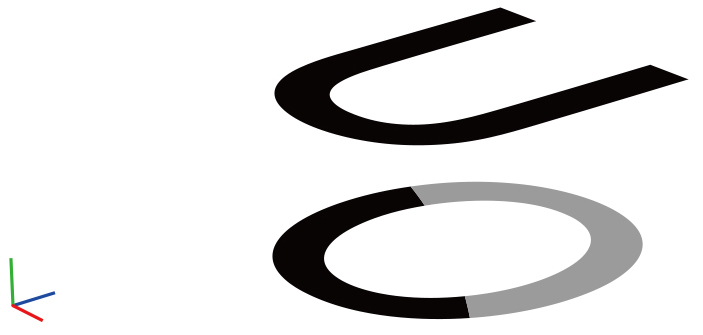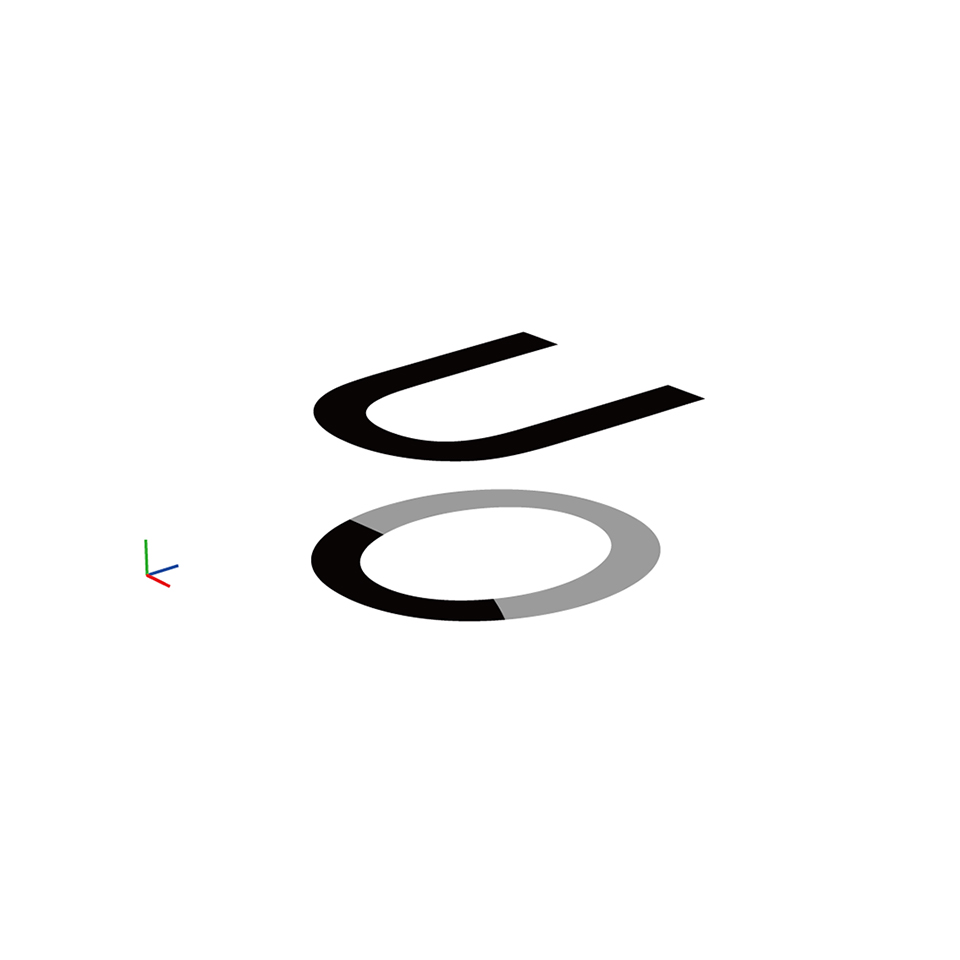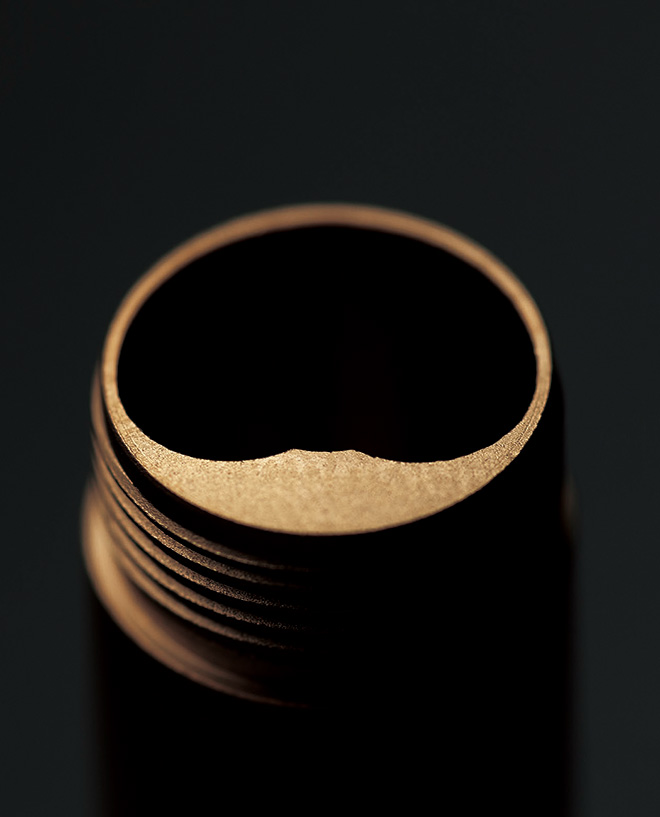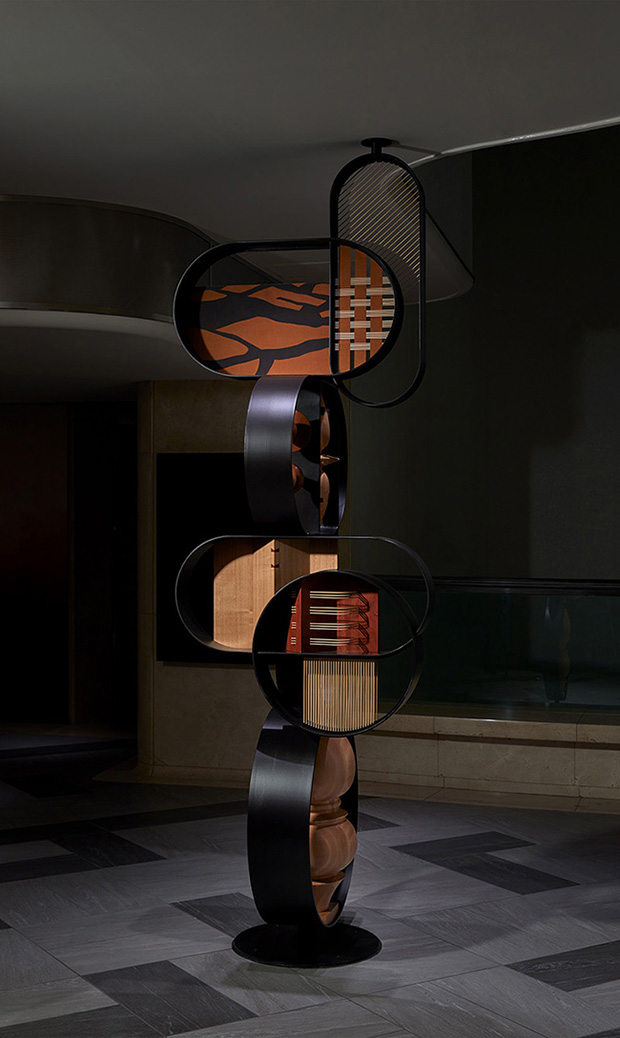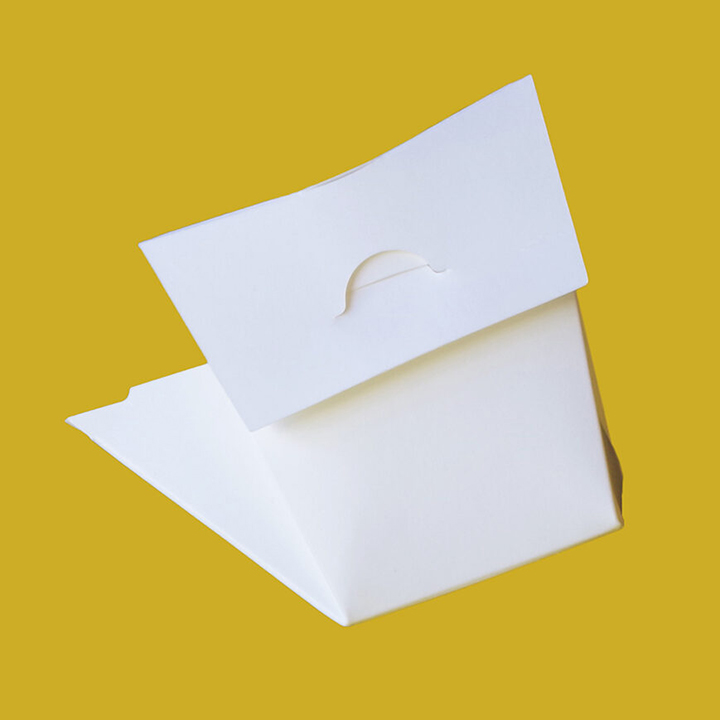わたしが欲しいものを誰かがつくる誰かが欲しいものをわたしがつくる


「わたしが欲しいものをだれかがつくる だれかが欲しいものをわたしがつくる」は参加者が依頼者/デザイナー/制作者の3つの役割をローテーションしものをつくる、UOが考案したワークショップ企画。ワークショップでは自分の欲しいものを自分でデザインし形にするのが一般的であるが、この企画では自分が欲しいものを別の参加者がデザインし、さらに別の参加者が形にする。また同時に、自分も別の参加者の欲しいものをデザインし、さらに別の参加者の欲しいものの作り手となる。最終的に参加者は、自分以外の2人が工程に携わり完成した作品を持ち帰ることになる。
“Someone creates what I want, and I create what someone else wants” is a workshop project in which participants rotate between the three roles of client, designer, and creator to make something.
In a typical workshop, participants design and create the items they want themselves. However, in this program, participants have another participant design the item they want, and yet another participant creates it.
At the same time, participants also design the items that other participants want and become the creators of those items. Ultimately, participants take home a finished work that was created through the collaborative efforts of two other participants.
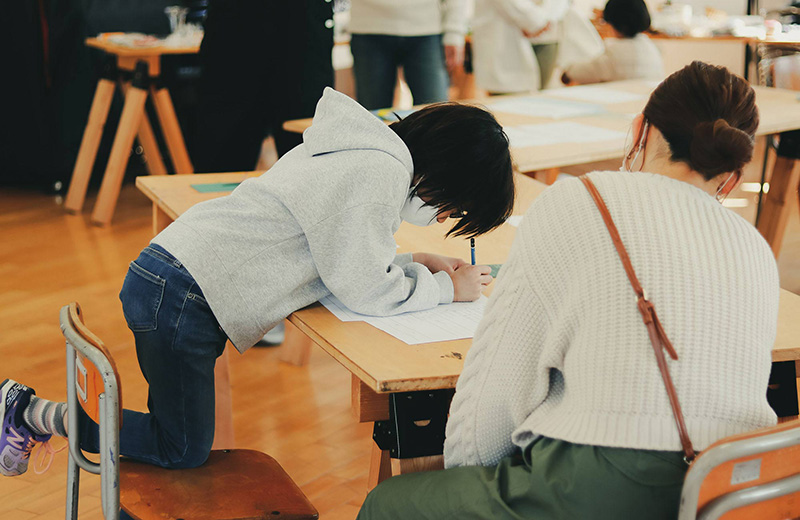
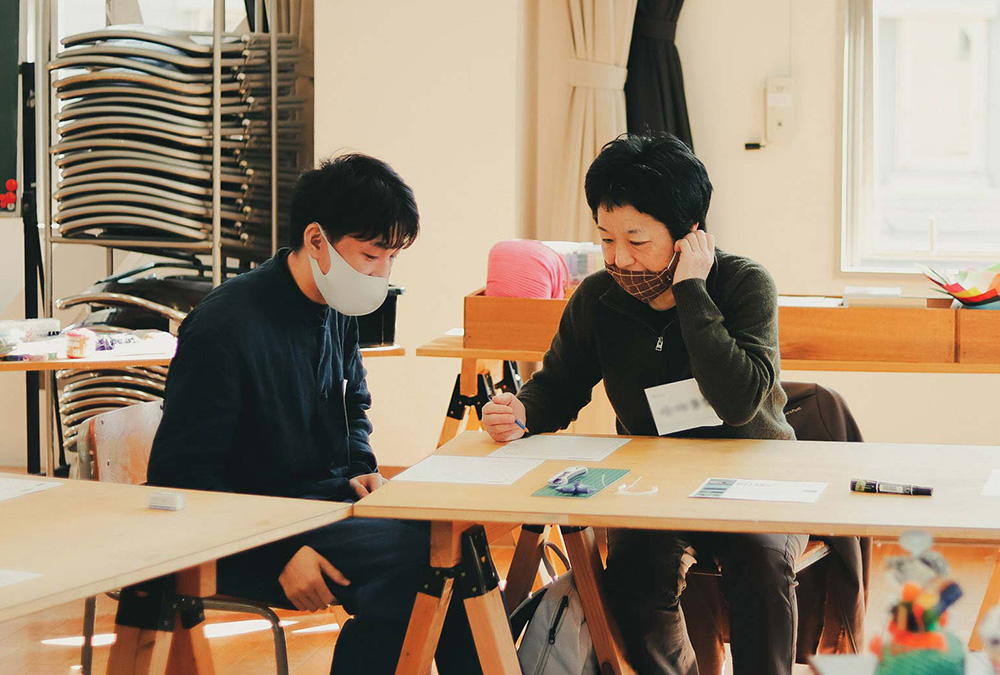
このワークショップでは、完成する作品の姿を誰かがコントロールすることはできない。依頼者は自分の想いや欲求を“言葉”でデザイナーに伝え、デザイナーはそれを“絵”にすることで制作者に伝え、制作者は素材や道具を用い“形”でこれに答える。言わば、伝達時に表現手段が変わっていく伝達ゲームのようなプロセス。依頼者の言葉はデザイナーに“解釈”され、デザイナーの絵は制作者の“解釈”を経て形となる。参加者の専門性や個性、その日の気分にも左右され、だれも想像し得ない答えとして形が生まれる。
In this workshop, no one can control the final form of the finished work. The client conveys their thoughts and desires to the designer in words, the designer conveys them to the creator in pictures, and the creator responds in form using materials and tools. It is a process similar to a communication game in which the means of expression changes during transmission.
Furthermore, this communication game has no predetermined answer. The client’s words are “interpreted” by the designer, and the designer’s drawings are “interpreted” by the maker to take shape. The outcome is influenced by the participants’ expertise, personality, and even their mood on the day, resulting in a form that no one could have imagined.
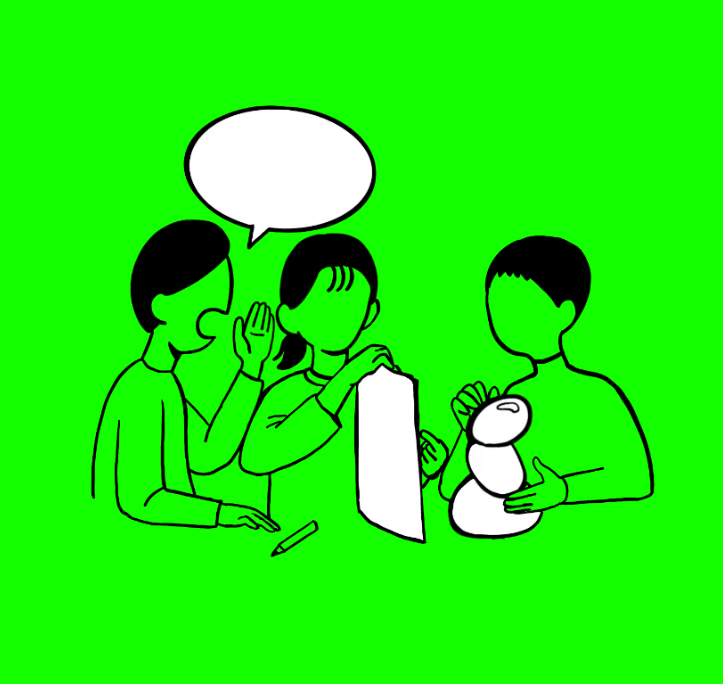

従来のデザイン手法ではプロセスを整備し、再現性のある「手法」へと昇華するが、本企画ではあえて不確定性や混乱、意図しないズレ計画する。ものを介し、感情を伴う解釈を必要とする”デザイン”という名の伝達手段は、言語ほど断定的でなく曖昧なものだが、だからこそ他者同士が互いに半歩ずつ歩み寄る余地が内在しているのではないか。これはデザインのプロセスが必ずしも論理的でないこと、同時に情緒や関係性もまた「プロセス」であるという仮説をもとにした研究活動である。
Conventional design methods involve streamlining processes and refining them into reproducible “techniques,” but this project deliberately incorporates uncertainty, confusion, and unintended discrepancies into the planning process. Design, as a means of communication that requires interpretation through objects and emotions, is not as definitive as language but rather ambiguous. However, it is precisely this ambiguity that inherently allows room for others to gradually bridge the gap between them. This research activity is based on the hypothesis that the design process is not necessarily logical, and that emotions and relationships are also part of the “process.”
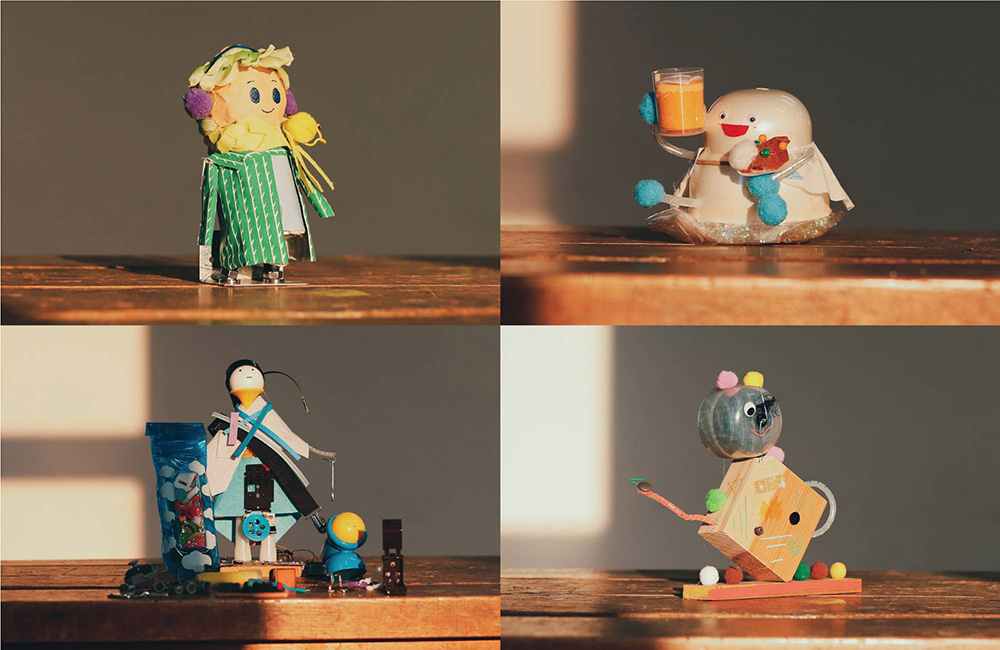



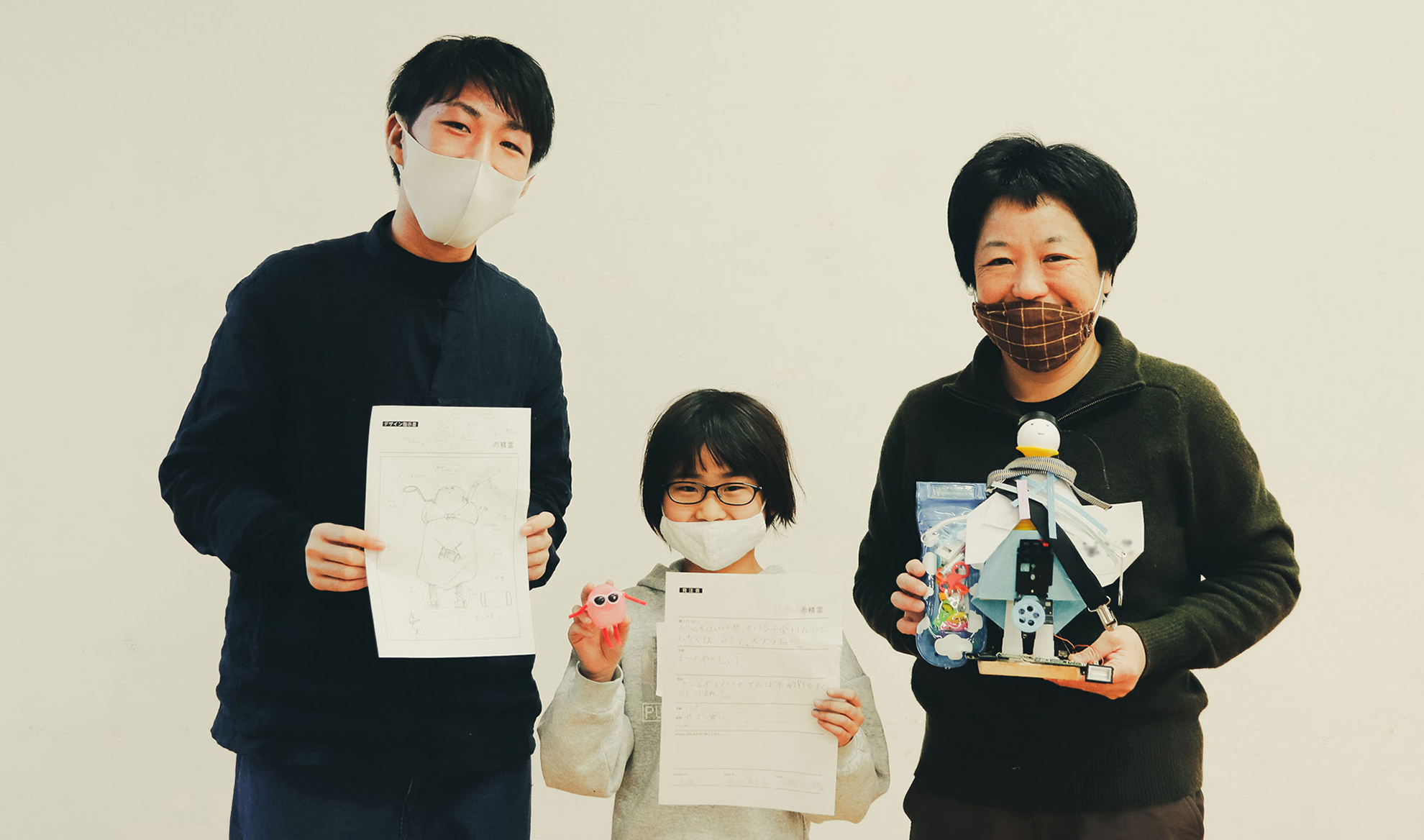
©️2020 - 2025 UO
